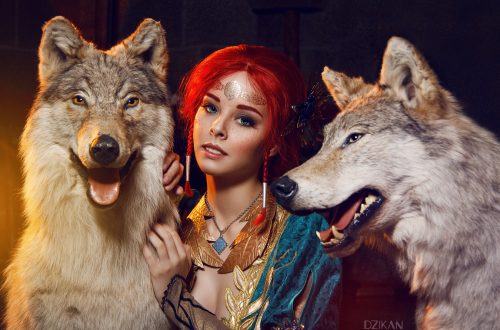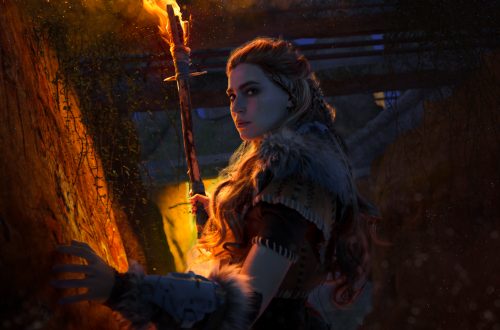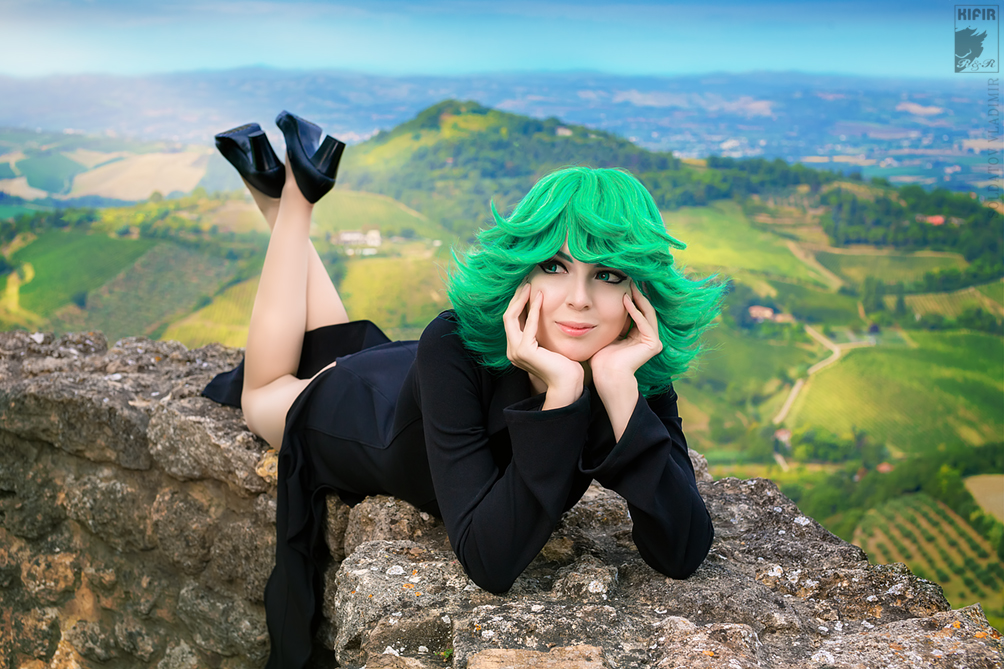John Wick: Revolutionizing and Dominating the Action Movie Landscape
John Wick’s action movies were a rewrite of the classic book in 2010. They developed their style and many big-budget Hollywood imitations.
It’s not difficult to remember that John WICK was released to a lack of expectations, just like Liam Neeson’s debut film, Taken. Filmgoers had become accustomed to the “retired assassin seeking revenge” cliche by 2014, that the added twist of avenging the dead dog seemed more like a parody of this cliche more than anything else. Its trailers weren’t the most awe-inspiring either. Keanu Reeves wasn’t cast, an actor who was, despite his popularity, still reeling from more than a decade of disappointing projects after the Matrix trilogy.
Then, of course, everything changed after word of mouth began to spread. John Wick was the 2014’s surprise hit 2014. The no-holds-barred action film that included stylized gun-fu shootouts, as well as a bizarre but absorbing underground assassin-themed cultural background, is an outstanding example of an action movie. That one film, nearly nine years after, sparked three highly acclaimed sequels. The recently released John Wick Chapter 4 resurrected Reeves in his career. It also placed John Wick at the top of the action film iconography. The film’s most significant achievement was systemic: convincing Hollywood to copy John Wick in every way.

RELATED: REVIEW – The Action-Packed John Wick Chapter 4 Lives Up to its Sky-High Expectations
John Wick Redefined Action Movies
In action films, Hollywood frequently undergoes “phases” after a genre-defining film’s success, imitating its basic idea and choreography in the hopes of capturing the same lightning in a bottle, often with mixed results. It happened with all the 1990s Die Hard clones. It happened when early 2000s movies overused The Matrix’s bullet-time slow-motion effects and leather and latex clothing. The original Bourne trilogy inspired the creation of a series of fight scenes that relied on disorienting shaky camera “realism,” a style which was further accelerated by Taken’s surprising success, spawned numerous films in which the renowned, older movie stars routinely kick ass by cutting quick scenes (i.e., The Equalizer, 3 Days to Kill, and so on).).
John Wick had a premise that reminded me of earlier films: A widower who, after his son was who is a Russian mobster, robs his car and kills the dog left behind and returns to his former existence as “Baba Yag,” a vengeful, unstoppable hitman. Director Chad Stahelski, and David Leitch, and their years of professional stuntmen’s experience made it possible to create a movie with a lot of action, but with few clear scenes. The audience could be able to see what was happening and witnessed a 50-year-old Reeves kill goons and endure endless punches to the head. The film shared more similarities with John Woo and Park Chan-wook and a little like The Matrix — than a typical Bourne brawl. For American viewers, John Wick was an interesting alternative to any non-Marvel Cinematic universe, Mission: Impossible, and Fast & Furious action film. The sequels only added excitement.
Worldbuilding was also altered. Each sequel to John Wick introduced new characters and stranger lore elements. This, despite being relatively straightforward (i.e. there is no fighting on Continental Hotel grounds or upholding the Marker’s blood oath), created an identity that was unique to it. And that’s not even mentioning the serious dangers that kept Wick’s life-or-death plight ongoing. The success of the franchise has produced numerous celebrity cameos, with bits of roles (Clarke Peters, Franco Nero), big names (Willem Dafoe, Anjelica Huston, Halle Berry), unorthodox castings (Common, Boban Marjanovic) as well as overt action film tributes ( The Raid’s Cecep Arif Rahman and Yayan Ruhian). John Wick: Chapter 4 has its highest-profile actor cast to date. Donnie Yen and Hiroyuki Sanada join Reeves, along with famous characters from the franchise like Ian McShane and Laurence Fishburne in Wick’s world. They’re having fun as well as many others.

Related: Keanu Reeves Explains the John Wick Saga in full to prepare fans for Chapter 4
John Wick Had Hollywood Chasing the Latest Trend
John Wick was the inspiration behind many movies. In the latter half of the 2010s, Hollywood did everything possible to replicate Reeves, Stahelski, and Leitch’s successes, particularly following the release of Charlize Theron’s spy-thriller Atomic Blonde. Despite being a graphic novel adaptation, the film of 2017 directed by Leitch was extremely Wick-like with its characters and color palettes that were stylized and often exhausting, hardcore action scenes. The ten-minute fight on the staircase where Lorraine Broughton was fighting for her character spoke for itself. This movie, Atomic Blonde was released a few months after John Wick Chapter 2. It was clear that the Wick formula is now becoming mainstream.
There are a lot of Wick clones that are not quite the same, and some are more notable. All clones have at least one of the following: A master killer/assassin, 2. An underground culture that is focused on hired killers or 3. A type of gunfight or physical fight that sees the lead actors execute their actions. This can be seen in The Accountant, Hotel Artemis, Polar, Extraction, Nobody, Gunpowder Milkshake, The Prodigy, Kate, Day Shift, Bullet Train, Violent Night, and the list goes on. This is a huge number that Hollywood is planning to expand shortly.
Many of these films even sprung from the John Wick creators’ personal involvement or contribution to the business. Leitch created the previously mentioned Atomic Blonde and Bullet Train, while Stahelski was a producer for Day Shift. Sam Hargrave, a former stuntman directed Extract and its upcoming sequel. Leitch’s company for production, 87North Productions, helped finance Wick clones like Nobody and Kate. Despite their critical quality, the films exhibited an important shift in the action-film quality. Because of John Wick’s filmmaking studios, filmmakers and studios have more tools to train actors in performing stunts, and the stars are enjoying the sport. After years of poor cam quality, which made fights hard to watch and could be difficult to follow geographically, it’s a different world for action.
RELATED: Keanureeves Explains John Wick’s Surprising Stunts and BRZRKR’s Brutal thrills
John Wick’s Legacy
However, the thing that keeps John Wick films ahead of their rivals is its simplicity. These are action films that are dedicated to their craft. They also set the standard for great fight scenes thanks to Stahelski’s extensive experience and Reeves’ unwavering devotion to his character. However weird its lore gets, it is clear that a John Wick film’s greatest performances are from the action. Its stunts, however, are just bloody monologues. The fans are eager to watch almost three hours of John Wik Chapter 4. They eagerly anticipate its spinoffs Ballerina, and The Continental. The moviegoers know that the hype is real.
The John Wick phase of Hollywood is still being lived by the public. It’s a time where the only expectations a John Wick sequel is expected to exceed are their own. Everybody else will see Mr. Wick’s tale as a good template for making better action films. The entertainment industry is paying attention.




